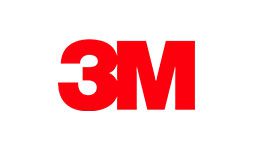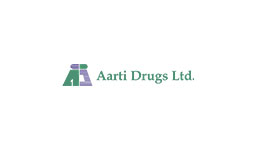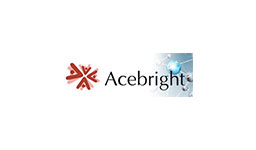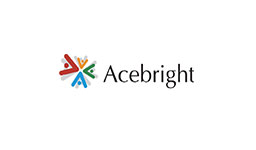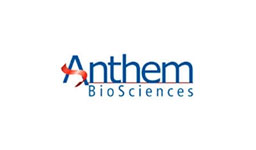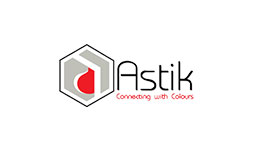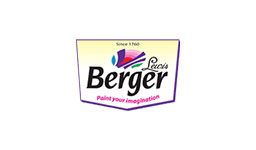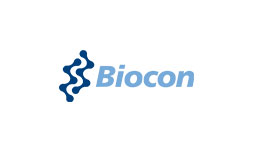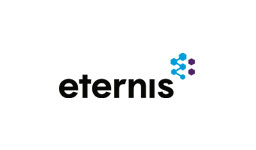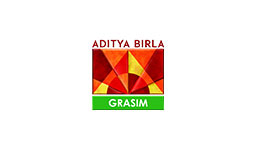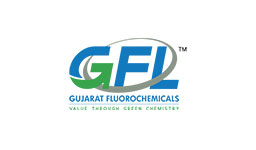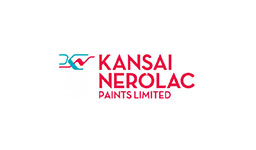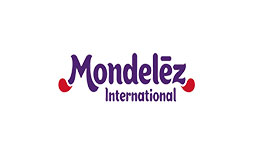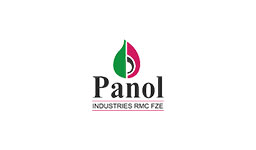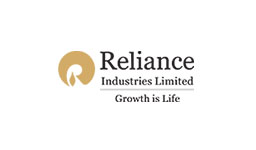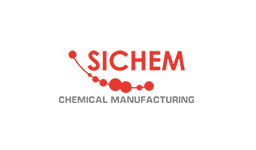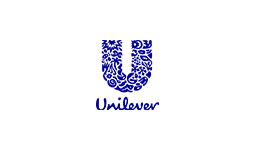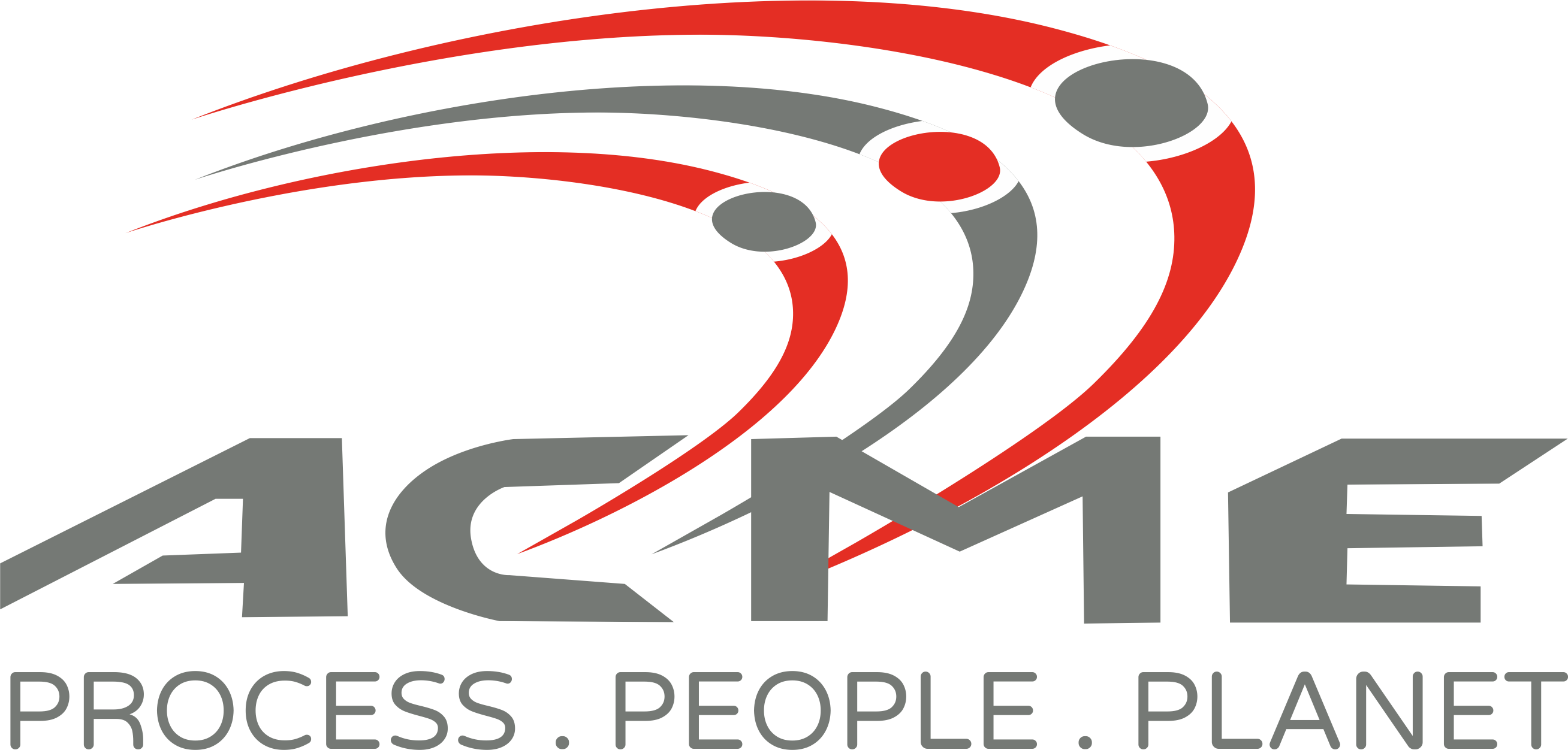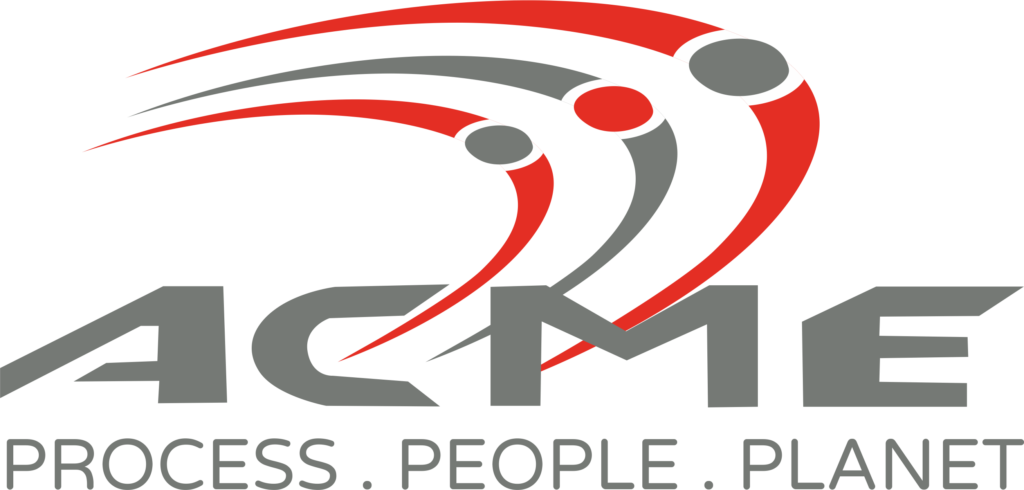Menu
ACME helps reduces batch-times by 60%
for a leading brand in the chemical manufacturing industry
CLIENT: One of the largest manufacturers of chemicals
Problem Statement
A hydrogenator installed at one of our client’s manufacturing plants was equipped with a gas-induction type impeller agitator system. The motor power was 3.7 KW and the impeller speed was at 325 rpm. The motor rating of agitator supplied by ACME was same i.e., 3.7 KW but the impeller speed was reduced to 230 rpm. However, the reaction batch completion time on an average was 55-60 hours, which significantly affected the process efficiency.
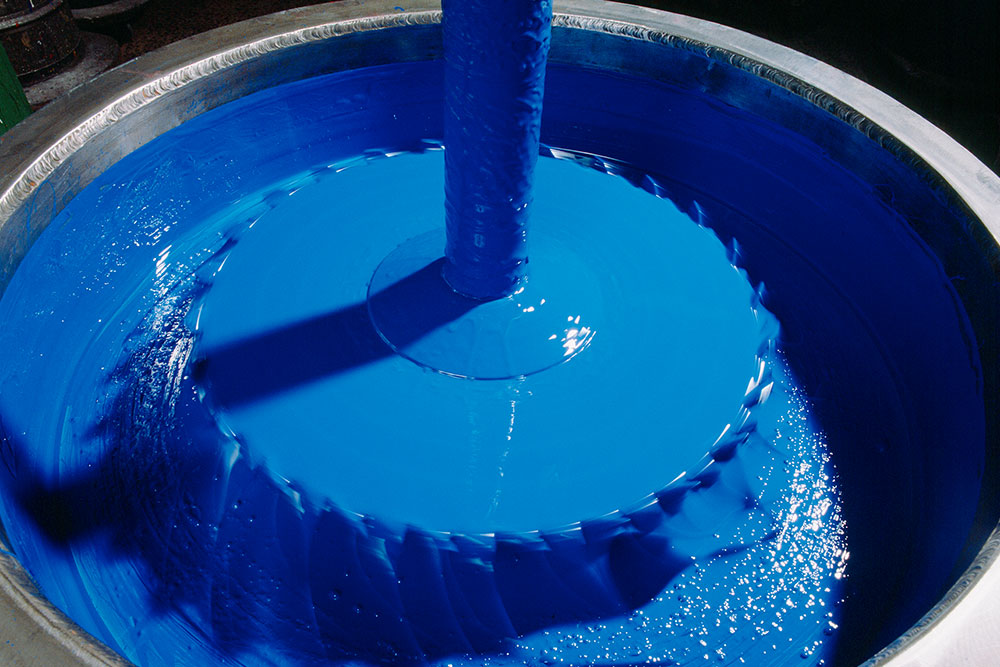

To overcome this issue, the gas can be introduced at the bottom of each impeller using gas induction pipes.
The Root Cause
To identify the main issue behind this inefficiency, our R&D team worked closely with our engineers and site engineers, and the following information was identified
- For a dead-end type hydrogenation reaction, we need maximum consumption of Hydrogen gas. This can be accomplished by increasing the gas holdup in the reaction mass using an axial flow impeller near the surface of liquid which will reintroduce the unreacted gas leaving through the surface.
- In another arrangement, the gas was introduced through the holes at the bottom of a hollow pipe shaft, and into the flow regime of the bottom-most impeller. This type of arrangement is efficient only up to 5 KL reactor capacity as for higher capacity reactors, it results into zone formation.
- Further, it was reported that the impellers producing a vortex effectively induce the gas from the gas-liquid interface into the liquid. It is suggested that in using dual impellers in a dead-end hydrogenation process, it is more efficient to install an axial-flow impeller at the upper position and a radial-flow impeller at the lower position along with a half-baffle.
Solution
ACME recognizes the importance of agitation parameters’ impact on the reactions. This knowledge is necessary for design the reactor.
An agitator can improve mass transfer efficiency by:
- decreasing the gas bubble size, thereby increasing the total interfacial area of the gas
- increasing the gas-liquid interface turbulence, which reduces the liquid film resistance
- giving a uniform gas concentration throughout the tank contents
- increasing the time each bubble spends in the liquid
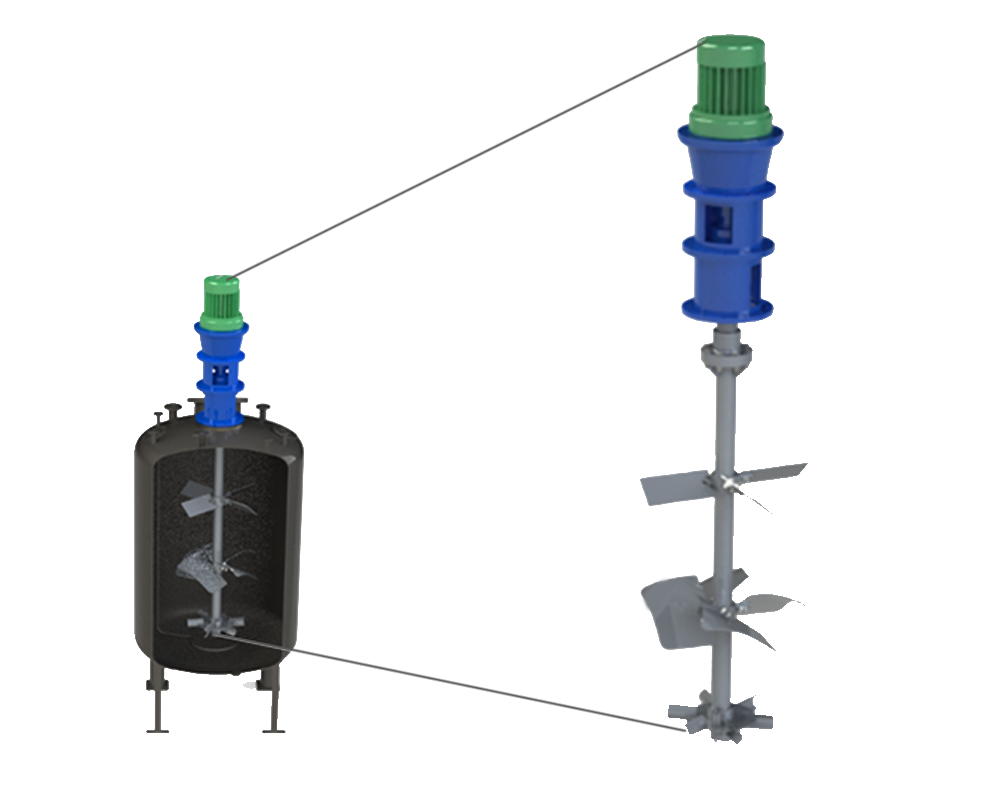
Result
ACME engineers introduced agitators with same motor rating of 3.7 KW as the earlier motor. However, our impeller speed was reduced to 230 rpm as against the old 325 rpm of the old impeller.
Having designed the agitator-impeller with thorough knowledge of the process systems, the installed ACME agitators and impeller combination significantly reduced the batch completion time from earlier average of 55-60 hours for the old equipment to just 24 hours on an average for the same process with same power consumption.
ACME has provided the same agitator of different capacity for various gas-liquid and solid-gas-liquid applications such as chemical reactions, hydrogenation, gas stripping, fermentation as well as waste treatment.
Benefits
The client was extremely delighted with the performance of the ACME designed system, and the support that they received from our R&D, Design and Engineering teams
- Improved Efficiency
These results concluded that the given agitator with combination of three stage impeller system reduce the batch time by 60% for the given application as compared to old gas-induction impeller agitator, for no additional power input - Impact
The client replaced all the other gas-induction impeller agitators for same application at different plant sites with ACME-built product & solution - Cost Savings
This led to substantial cost savings in the energy input and catalyst utilisation
Our Clients
They Believe In Us
